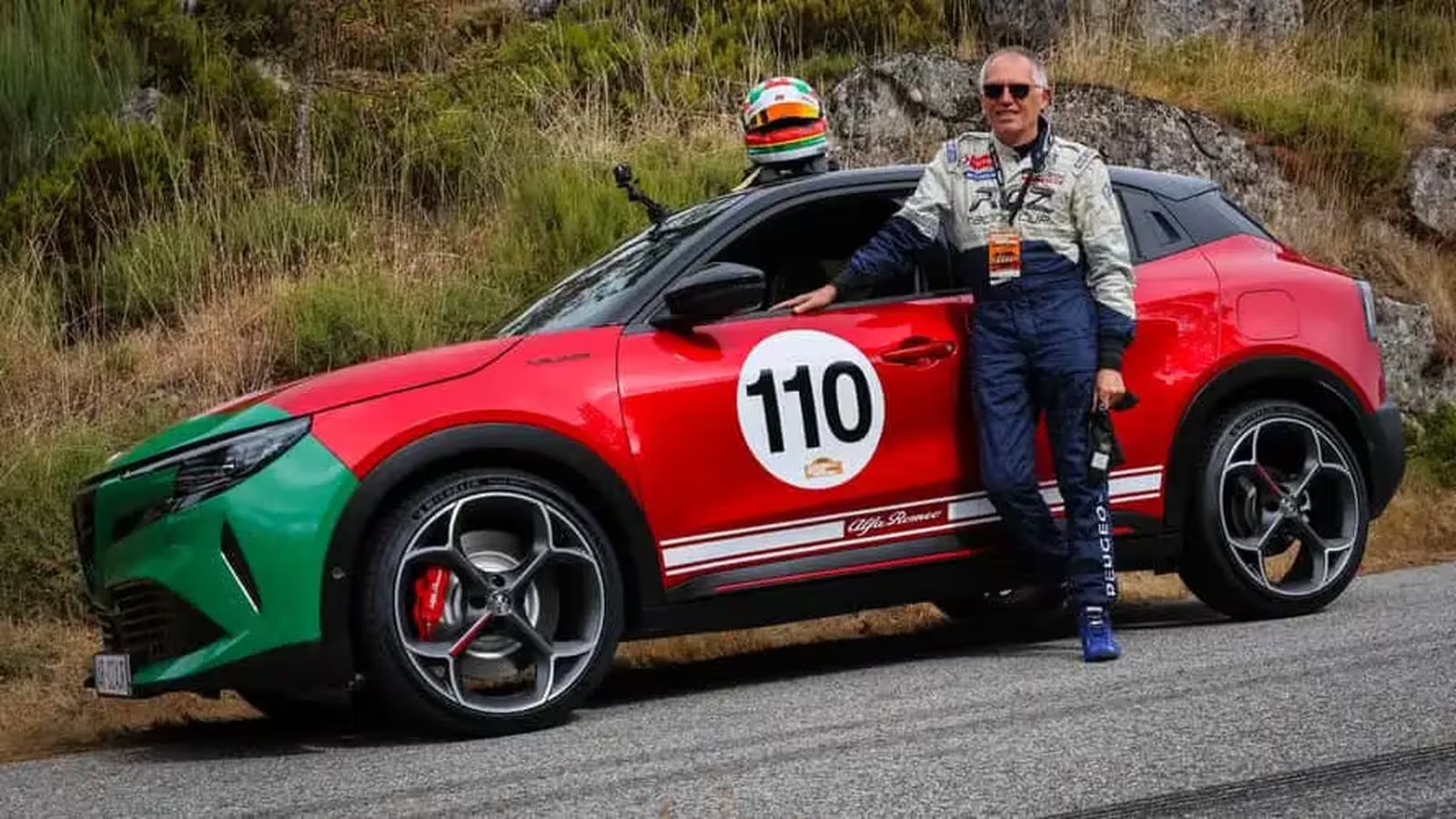4 Minutes
The Real Story Behind Carlos Tavares Leaving Stellantis
The automotive industry has been buzzing with speculation since Carlos Tavares, the former CEO of Stellantis, announced his departure in December 2024—well ahead of his contract's expiration in early 2026. Addressing rumors head-on, Tavares has clarified that his exit was a voluntary decision and not the result of being fired, despite tensions with some members of the company's executive team.
Reflecting on his tenure, Tavares acknowledges that hindsight makes mistakes easier to identify. In a mature conversation with John Elkann, Chairman of Stellantis and Ferrari, Tavares decided the time had come to step aside. While he admits he might have handled certain matters differently, particularly in securing the support of American dealerships for his aggressive cost-cutting strategies, Tavares points out that the company's overall profitability remains intact, even if recent net profits dipped by a dramatic 70% compared to 2023.
Leadership Transition: Antonio Filosa Takes the Helm
After a six-month global search, Stellantis has appointed former Jeep chief Antonio Filosa as CEO, effective June 23. Tavares has called Filosa a “rational and credible” successor, but he also addressed the major challenges that await. The new CEO faces a complex array of issues: managing a vast brand portfolio—some of which are underperforming—navigating the turmoil of international tariff wars, and steering Stellantis through a highly competitive global market.
Rumors of selling Maserati have been firmly denied, though the revival of brands like Lancia is progressing slowly. Others, such as DS and Abarth, continue to struggle for relevance and sales traction. In the US, one of Filosa's key objectives will be revitalizing Chrysler beyond its minivan legacy and mending relationships with dealership networks—a sore spot that even Tavares admits was mishandled and could benefit from introducing more V8-powered models to the American lineup.

Industry Outlook: A Market in Transition
Tavares leaves at a pivotal time for both Stellantis and the global automotive industry. He has warned that traditional automakers may struggle to survive unless they can balance the costs of producing electric vehicles and gasoline cars. With the European market tightening regulations and pushing for rapid electrification, and global trade tensions affecting prices, Stellantis must adapt quickly to avoid falling behind.
Brand Performance and Future Prospects
Each brand under the Stellantis umbrella faces unique market and product challenges. While Maserati continues to focus on luxury performance and Alfa Romeo eyes a resurgence with refreshed models, brands like Lancia and DS need innovative design and marketing to regain a competitive edge. For Abarth, staying relevant means harnessing its performance heritage in a landscape rapidly moving toward electrification.
Though vehicle specifications, design language, and powertrain options will differ across Stellantis brands, balancing performance, market appeal, and the push toward electrified vehicles is now Filosa’s central mission. Market positioning—particularly in ultra-competitive segments like electric SUVs and American muscle cars—will require bold product decisions and strategic investments.
The Road Ahead for Stellantis
With the industry at a crossroads and internal challenges mounting, all eyes are on Antonio Filosa to guide Stellantis through these turbulent times. Restoring dealer confidence, accelerating electrification, and optimizing the massive brand portfolio are enormous but crucial tasks for the next era. Carlos Tavares leaves a mixed legacy, but his exit offers an opportunity for renewal and forward momentum in one of the world's largest automotive groups.
Source: motor1


Leave a Comment